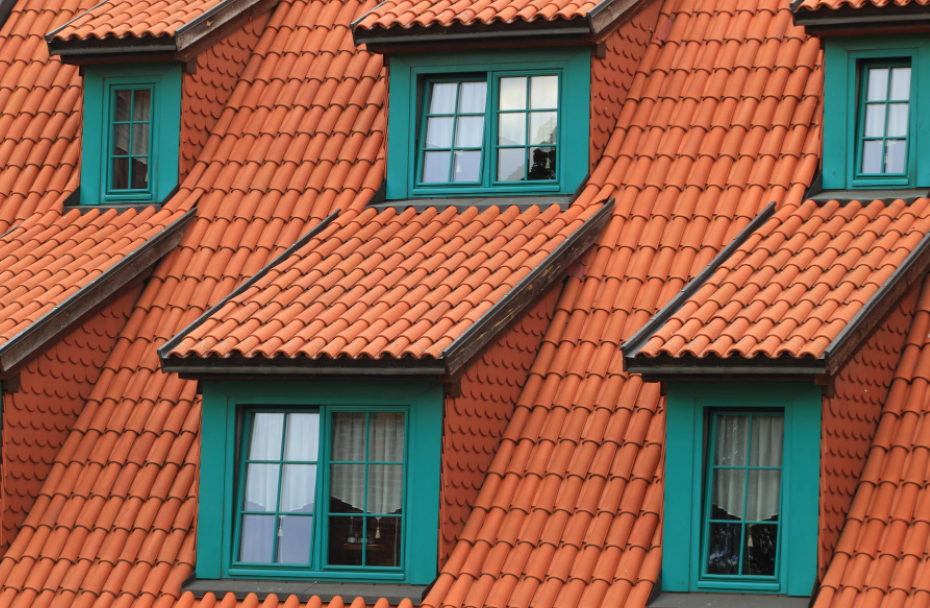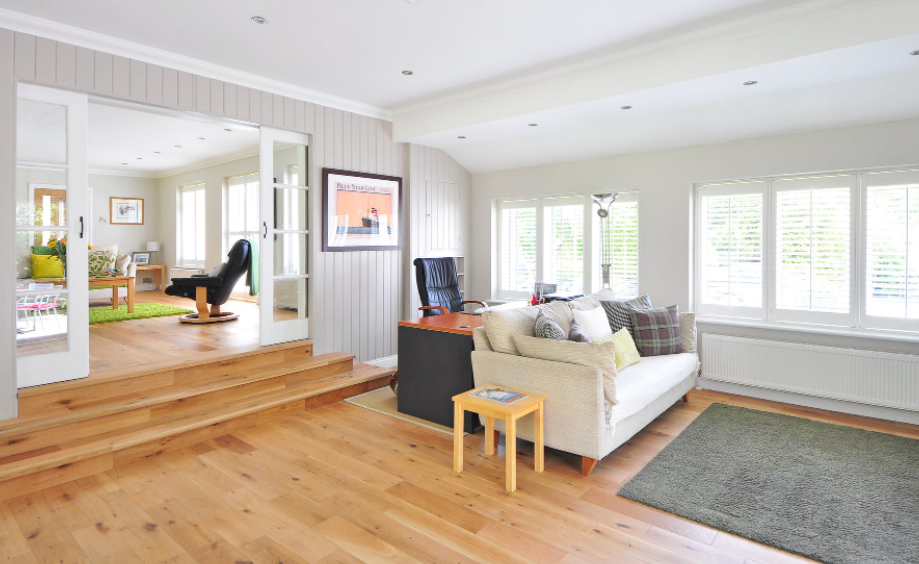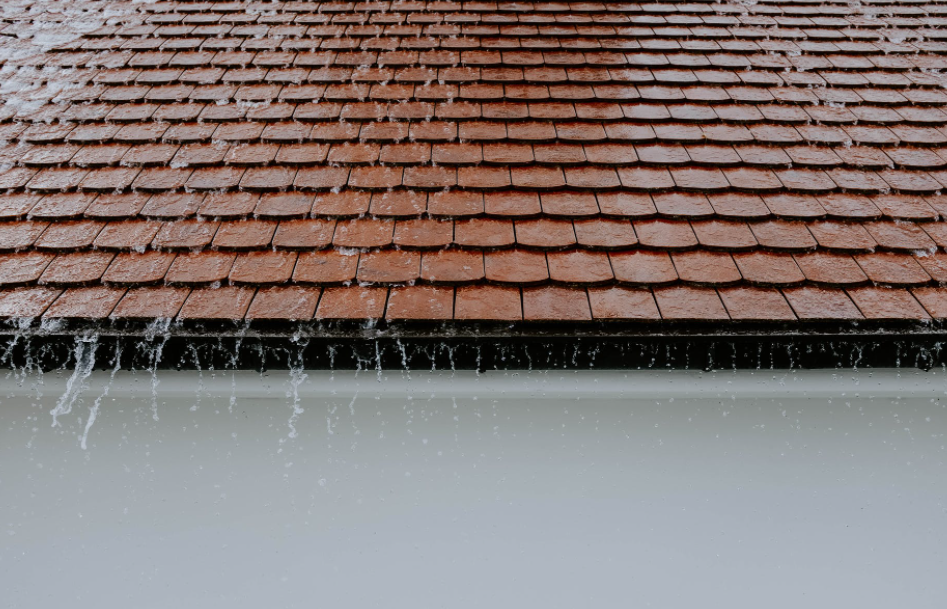
1. Solar Tiles
Progressed sun powered gatherers coordinate flawlessly into existing shingles, producing as much as 1 kilowatt of energy for every 100 square feet. They’re especially useful for radiant rooftops in property holders’ affiliations that restrict ordinary sunlight powered chargers. While they might assist with counterbalancing energy costs with sun based force, they likewise cost more than customary sun based choices.
2. Black-top shingles
Black-top shingles are the most well-known roofing materials in America since they’re successful in all natural conditions. Quality fluctuates broadly, so find out if they pass the ASTM D3161, Class F (110 mph) or ASTM D7158, Class H (150 mph) wind tests and the AC438 toughness
3. Metal material
Metal material comes in vertical boards or shingles taking after record, tile and shake – and goes on around 60 years. Metal dominates at sloughing off substantial snow and downpour, will not consume and opposes high breezes. It is lightweight and can be introduced over existing rooftops. In any case, metal can be loud during rainstorms, and may imprint from hail. Normal costs range somewhere in the range of $5 and $12 per square foot, contingent upon type and style of metal – which is more than black-top yet not exactly substantial tiles. Erosion additionally differs by material.
4. Stone-covered steel
Interlocking boards emulate record, earth or shingles and oppose harm brought about by substantial downpours (up to 8.8 inches each hour), winds of 120 miles each hour, elevating, hail and freeze-defrost cycles. Thus, they’re a practical, powerful decision for wet, breezy districts or regions inclined to fierce blazes. Some stone-covered steel rooftops are justified for the lifetime of the house.
5. Rubber
Rubber material keeps going over 100 years. It will not consume, is waterproof and opposes form and growth. Rubber is compelling in wet environments however is costly, weighty and might be effectively broken when stepped on. Remember this if you live in a space that encounters hail.


